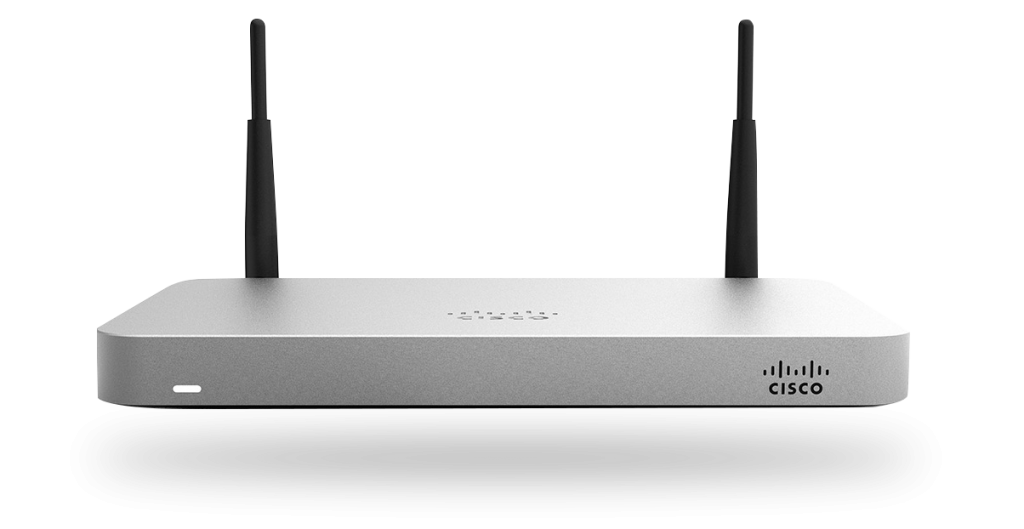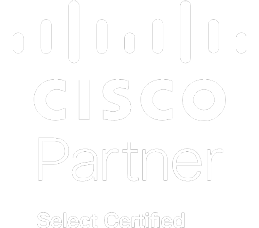New to the IT world? This article will help clarify the differences between a switch and a router. They look similar and execute a few similar tasks, but there are also differences between them.
Simple Cloud Networks offers cloud-managed routers and switches. They are simple to provision and manage at scale. This article relates to small business switches and routers.

Switches
Let’s start with a network switch and shed some light on the purpose it serves. A switch creates a network and serves as a controller. This enables network devices to communicate with each other efficiently.
Switches connect computers, printers, phones, cameras, lights, and servers in a building or campus. Switches have the ability to save businesses money and can even increase employee productivity using information sharing and resource allocation.

There are two different types of Ethernet switches:
Unmanaged switch – works right out of the box and does not need to be configured, no need to worry about installing. However, they have fewer features and less network capacity. Unmanaged switches are commonly found in homes.
Managed switch – is configurable, offers greater security, flexibility and greater capacity than an unmanaged switch. You have the ability to monitor and adjust the switch locally or remotely, which means better network control.
A common question that derives from the IT department is – “Should we upgrade our switches?” Maintaining the right infrastructure is important for supporting your network. Upgraded switches can provide greater visibility into the network. For instance, detailed application traffic flow and changes in network behavior. Day to day management is much simpler, making your life easier.
Routers
Transitioning to routers, which connect networks to each other and to the internet. This way users everywhere can share a connection. Essentially, a router works as a dispatcher. Analyzing data being sent across a network, choosing the best route for data to travel and then sending it on its way. Routers also protect information from security threats and can even decide which computers receive priority over others.

With a small business, you can choose from either an on-premise router or a cloud-managed router. Both have benefits, so let’s compare the two.
On-premise router – The equipment is yours and there are no ongoing license renewals. They can be managed from the same location or via a VPN and there is no need for training. Multi-site management is optional.
Cloud-managed router – Very simple plug and play installation, but requires an annual license fee for highly automated operation. You can manage your entire network from a single page and can be managed from any location as long as you have internet access. A cloud-managed router may be able to scale higher than an on-premise router.
There are many routers and switches to choose from. We are a certified Cisco partner. Navigating Cisco can be difficult, let Simple Cloud Networks help you.
If you still have questions, please email us sales@simplecloudnetworks.com or message us on the “Contact” section of our website.
If you haven’t yet, please like/follow our social media pages!


